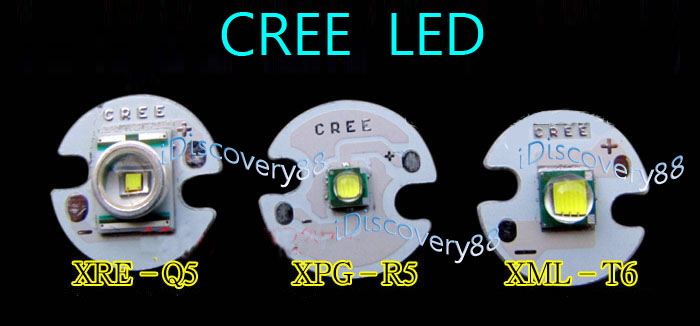SuspiciousLink
Newly Enlightened
- Joined
- Sep 30, 2019
- Messages
- 2
I've done some looking around on Google and on this forum to find a satisfactory answer to a question about flashlight brightness, but everything I found seemed to brush over the details I was looking for.
Let me illustrate my situation: I have an RovyVon Aurora A3 flashlight that can light up an entire room even though it's less than three inches long and weighs a third of an ounce. It also appears to contain only one LED.
So now my question: what exactly makes one flashlight brighter than another? Could you hook up a cheapo keychain flashlight to the same battery as my tiny flashlight to get the same brightness? Does it depend on the LED used? Or how the thing is wired?
In the case of my Aurora A3, why doesn't the LED burn out immediately? I don't know if these are dumb questions, but it suddenly strikes me as very weird that my A3 can contest a brick-sized Maglite in terms of brightness.
(BTW, I know most flashlights don't crank out as much brightness as possible to reduce cost and improve runtime, but I'm talking about pushing hardware to it's limits)
Let me illustrate my situation: I have an RovyVon Aurora A3 flashlight that can light up an entire room even though it's less than three inches long and weighs a third of an ounce. It also appears to contain only one LED.
So now my question: what exactly makes one flashlight brighter than another? Could you hook up a cheapo keychain flashlight to the same battery as my tiny flashlight to get the same brightness? Does it depend on the LED used? Or how the thing is wired?
In the case of my Aurora A3, why doesn't the LED burn out immediately? I don't know if these are dumb questions, but it suddenly strikes me as very weird that my A3 can contest a brick-sized Maglite in terms of brightness.
(BTW, I know most flashlights don't crank out as much brightness as possible to reduce cost and improve runtime, but I'm talking about pushing hardware to it's limits)


